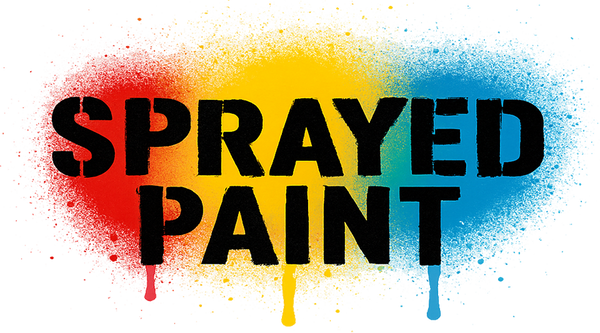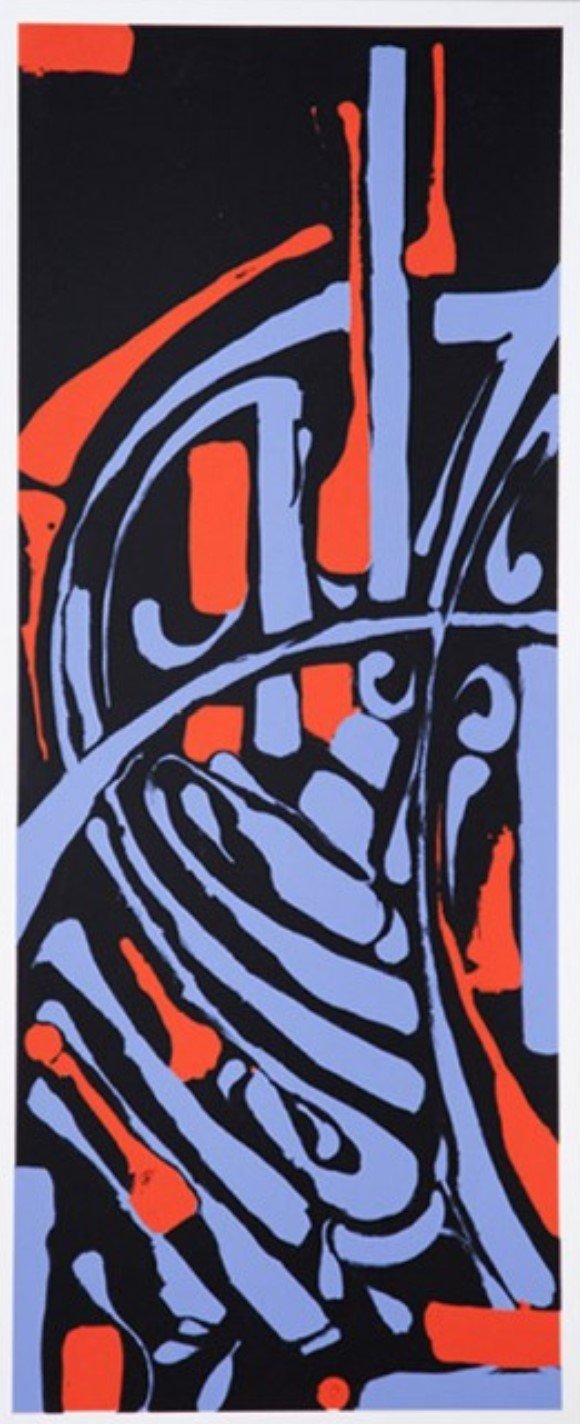
Artist Zes Zeser and His Impact on Street Pop Art & Graffiti Artwork
Zes, also known as Zeser, is a highly influential graffiti artist whose work has become synonymous with the evolution of street pop art & graffiti artwork in Los Angeles. Emerging from the underground graffiti scene, Zes developed a unique approach that blends traditional tagging with abstract expressionism. His style pushes the boundaries of urban art, creating works that carry both raw energy and deliberate artistic composition. Having started in the streets, his work has expanded into galleries and exhibitions, yet it remains deeply rooted in the graffiti subculture that shaped his artistic identity.
The Origins and Evolution of Zes Zeser’s Style
Born and raised in Los Angeles, Zes began his artistic journey in the 1990s, tagging and bombing the city’s streets, highways, and rooftops. His work was initially defined by aggressive letterforms and high-visibility placement, showcasing his dedication to getting his name seen across the urban landscape. As he progressed, his style evolved into something more abstract and complex, incorporating movement, layering, and texture. This transition from traditional lettering to a more painterly and expressive approach allowed his work to stand out in both illegal and legal art spaces. Zes has been associated with some of the most recognized graffiti crews in Los Angeles, cementing his place within the city’s graffiti history. His early works were high-risk, often painted in hard-to-reach spots that demonstrated his skill and fearlessness. Over time, his pieces became more intricate, blurring the line between graffiti and fine art. This progression reflects a deeper exploration of form and structure while still maintaining the rebellious spirit of street pop art & graffiti artwork.
The Impact of Zes Zeser on Urban Art Culture
Zes has played a critical role in pushing graffiti beyond its traditional confines, influencing both emerging and established artists. His ability to move between illegal street work and institutional recognition has made him an important figure in contemporary urban art culture. The themes in his work often reflect chaos, motion, and the passage of time, mirroring the fast-paced and ever-changing nature of the city. His art speaks to the impermanence of graffiti, where pieces can be covered, removed, or altered at any moment, yet still leave an impression on those who witness them. His transition into gallery spaces has not diminished the authenticity of his work. Many of his paintings and installations retain the energy and unpredictability of his street work, incorporating textures and techniques that mimic the grit of city walls. Whether on a canvas or a freeway overpass, Zes continues to challenge the perception of what street pop art & graffiti artwork can be. His presence in exhibitions has allowed graffiti to be viewed as more than an act of rebellion, but as a legitimate and powerful art form that carries deep cultural significance.
The Legacy and Influence of Zes Zeser in Graffiti Artwork
Zes has influenced a new generation of artists who see graffiti as a versatile and expressive medium rather than a limitation. His ability to evolve without abandoning his graffiti roots has made him a respected figure in both the underground and contemporary art scenes. Many of his works now reside in collections and institutions that recognize the artistic and historical value of street pop art & graffiti artwork. Despite his success, his work continues to embody the raw intensity of the streets. Whether through large-scale murals, experimental abstract pieces, or the countless tags he has left across Los Angeles, Zes has created an artistic language that remains relevant. His work serves as a testament to the ever-changing and adaptive nature of graffiti, proving that street pop art & graffiti artwork can exist in multiple forms while still staying true to its origins.



